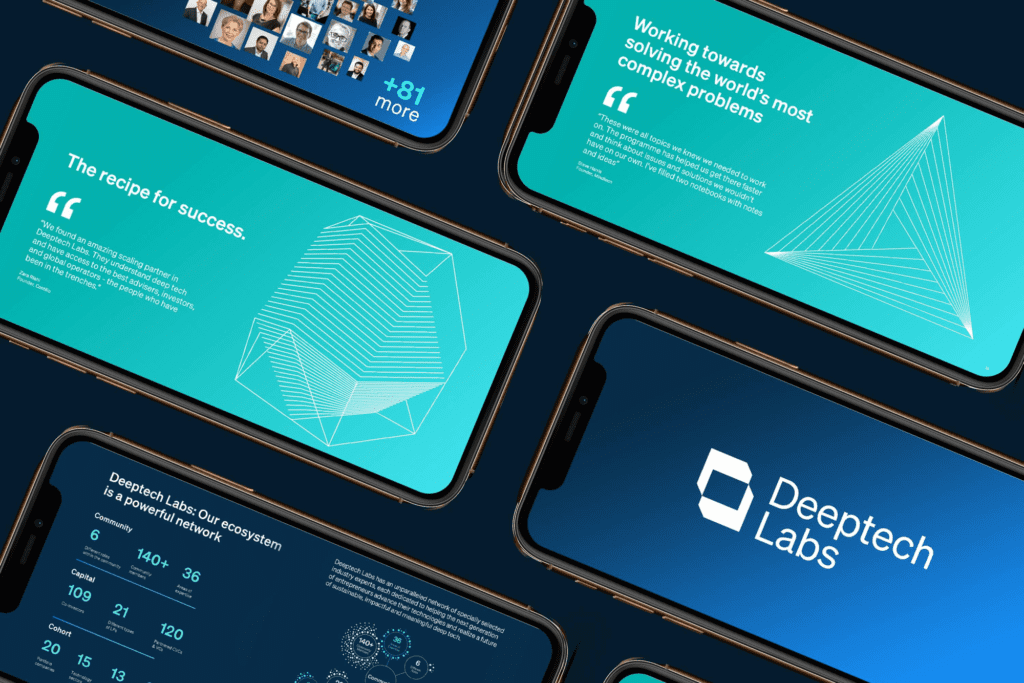As sustainability becomes more important to investors and consumers, companies are increasingly looking to produce ESG and sustainability reports. This article shows how to design a great looking sustainability report.
CSR and ESG reports are, by their nature, information-heavy documents. For this reason alone, taking time to think about the document’s design is essential. How you choose to communicate this information will determine whether you create a document people want to read, or one that gets discarded by all but the most hardened stakeholders.
By following these design pointers, you’ll be able to create a report which looks as good as the information it contains.
-
Design for your audience
Having determined your audience at the start of the reporting process, you’ll already know the type of information they are interested in, and how they choose to ingest it.
This will influence whether you present your information as tables or a more visually attractive infographic.
Large graphics and imagery may appeal to one audience but be distracting and even annoying to another. Sometimes, it may even be worthwhile to create different versions of the main report for different audience segments.
Find a happy medium
For maximum impact, your report should be a blend of statistics and storytelling.
Including selected case studies can enhance raw data by introducing a human element to the statistics without taking away from the hard facts. Likewise, an engaging narrative can add context to the numbers, citing real-world issues that further explain the reasons for year-on-year change, both positive and negative.

Separate supporting content with callout boxes
If you choose to include case studies, summaries, examples or other content which supports the key text in your report, a good way to separate them from the main narrative is through callout boxes.
Usually highlighted with a different background colour, a reader often skims these boxes before tackling the main body of text, making them an effective way to communicate key findings quickly.
Used to complement the main narrative, it’s important to place these boxes close to the relevant text they are supporting, and clearly identify their purpose with headings and references.
Identify the relevant reporting standards
Until there is one universally accepted reporting framework, it is likely your report will address two or more of the most popular.
By highlighting these frameworks throughout different sections of the report, you can keep the report consistent. Another common approach is to create an index of reporting standards as an appendix to the document.
Be consistent year on year
As investors and analysts will want to compare documents over different periods, it is courteous to keep layouts similar, to allow people to find comparable information with minimal effort.
Be innovative
Big brands are finding increasingly innovative ways to showcase their sustainability reports.
Alongside their 2020 Sustainability Report, Microsoft released ‘Sustainability City’, a Minecraft world that reflected the goals and themes of the main report. Heineken USA also promotes its annual report in innovative ways, including online games, a rap by Dutch hip-hop artist Blaxtar, and a campaign entitled ‘you’re not gonna read this’!















































